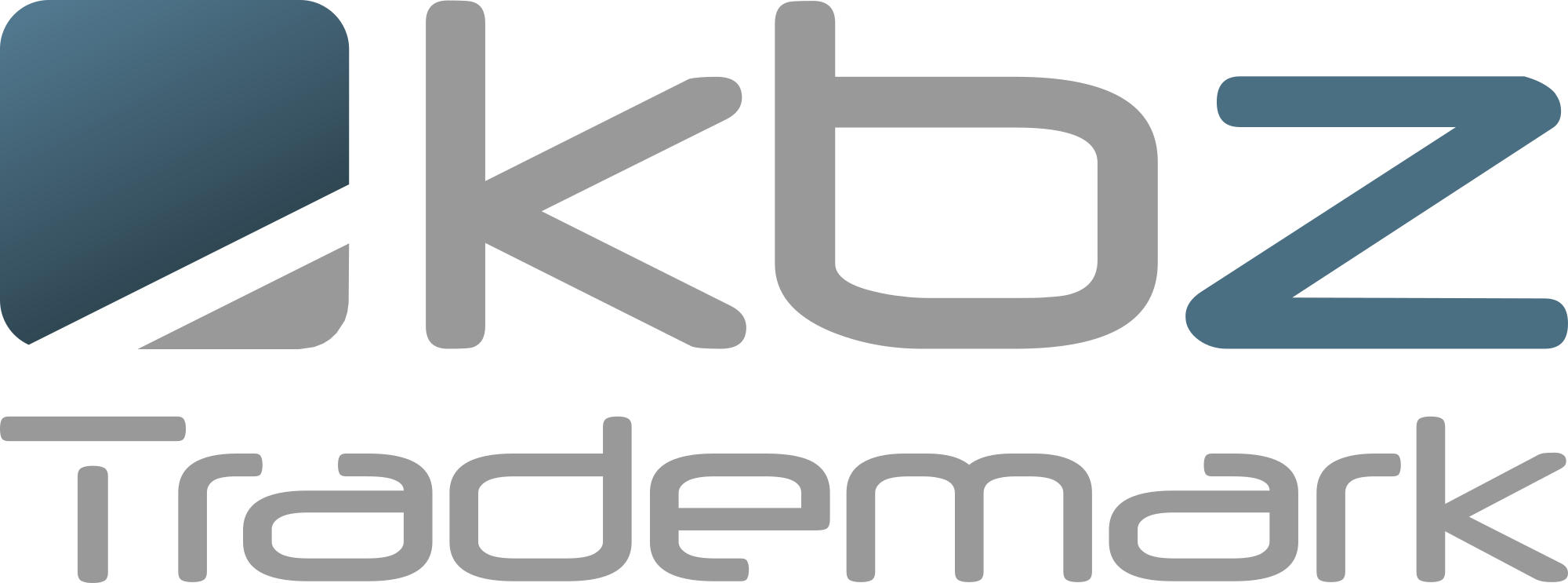
Trademark collaboration, a facet of co-branding, is a strategic partnership where two or more brands come together to create a distinctive product or service that leverages the collective reputation and recognition of the collaborating entities. It goes beyond mere business transactions; it’s a fusion of brand identities aimed at creating something novel and captivating.
Trademarks, as the visual embodiment of a brand, play a pivotal role in this collaboration. They are not just symbols; they are the essence of a brand’s identity. In the case of Adidas and Gucci, two global juggernauts with their unique visual identities, the collaboration aimed to create a trademark that seamlessly combined their iconic symbols—the three stripes of Adidas and the interlocking Gs of Gucci.
Understanding the intricacies of trademark collaboration involves exploring various forms, each with its nuances:
Licensing: This involves one brand granting another the right to use its trademark for a specific product or service. A notable example is the collaboration between Lego and Adidas, where Lego licensed its trademark for a sneaker collection inspired by Lego bricks.
Endorsement: Brands often use another’s trademark to endorse or promote their products. Nike’s use of Michael Jordan’s trademark for its Air Jordan sneakers exemplifies this form of collaboration.
Partnership: Adidas and Gucci opted for a partnership approach. They created a new trademark by blending their existing logos and used it for a joint product line, reflecting shared values and visions.
Both Adidas and Gucci, giants in their respective industries, recognized the need for innovation to navigate the challenges and opportunities in the dynamic market.
Adidas: As the largest sportswear manufacturer in Europe and the second-largest globally, Adidas faced the constant challenge of maintaining its market share against rivals like Nike and Puma. The collaboration with Gucci presented an opportunity to tap into a new demographic and reinforce its relevance through a unique product offering.
Gucci: Gucci, a stalwart in luxury fashion, grappled with the delicate balance of preserving exclusivity while appealing to a younger, more conscious consumer base. Teaming up with Adidas allowed Gucci to explore the intersection of luxury and sportswear, addressing the evolving preferences of the market.
The collaboration between Adidas and Gucci materialized in a limited-edition collection comprising sneakers, clothing, bags, and accessories, seamlessly integrated the distinct styles of both brands, creating a product that transcended the boundaries of traditional sports and fashion offerings.
Merging trademarks is an intricate process that demands careful consideration of design, balance, and legal implications. Adidas and Gucci undertook this challenge with finesse.
The resulting trademark is a graphic hybrid, a visual symphony that brings together the iconic Adidas three stripes and the Gucci interlocking Gs. Placed on a circular background, this amalgamation creates a contrast that unifies the two logos, preserving their individuality while fostering a harmonious blend.
The new trademark, born from the collaboration, offers a multitude of advantages:
Preservation of Brand Identity: By combining their logos thoughtfully, Adidas and Gucci preserved and enhanced the identity and values of both brands.
Unique Product Appeal: The graphic hybrid appeals to both sports and fashion enthusiasts, seamlessly blending the sporty and elegant styles of Adidas and Gucci.
Positive Consumer Impression: The collaboration conveys a sense of innovation and partnership between two esteemed brands, leaving a positive and lasting impression on consumers.
Charitable Endeavors: Beyond commercial gains, the collaboration serves a noble cause by donating a portion of the sales to Save The Children, amplifying the positive impact on a global scale.
Trademark collaboration is not without its challenges and risks. Dilution of brand identity, legal issues, and meeting consumer expectations are potential pitfalls that demand meticulous planning and execution.
To secure the intellectual property rights of the new trademark, registration and protection are imperative. The process involves:
Trademark Search: Checking the availability and validity of the trademark to avoid conflicts with existing trademarks.
Trademark Application: Filing an application with the relevant trademark office, providing necessary information, and paying associated fees.
Trademark Examination: Waiting for the trademark examination and responding to objections or oppositions.
Trademark Registration: Obtaining the official certificate and notice of registration to enjoy exclusive rights.
Trademark registration and protection, though complex and potentially costly, are crucial steps in safeguarding the collaborative creation.
Collaborations like Adidas and Gucci’s are not isolated events but part of a broader landscape where intellectual property plays a central role. Trademark collaboration, when executed strategically, can yield significant benefits, fostering innovation, expanding market reach, and creating memorable products.
Establishing a legal collaboration framework is essential. Clear agreements on ownership, usage terms, and potential disputes lay the foundation for a successful trademark collaboration.
As the business landscape continues to evolve, trademark collaboration remains a dynamic strategy for brands seeking differentiation and innovation. The success of ventures like Adidas and Gucci’s collaboration sets a precedent for future brand partnerships.
Strategic Partnerships: Strategic partnerships, such as co-branding ventures, hold the potential to redefine industries. By leveraging trademarks and shared values, brands can create products that resonate with diverse consumer segments.
In an era dominated by technological advancements, the integration of technology into trademark collaboration is an area worth exploring. The use of augmented reality, blockchain, and other tech-driven solutions can enhance the consumer experience and provide new avenues for brand collaboration.
The impact of trademark collaboration extends beyond national borders. International trademark registrations, often a complex process, become crucial for brands aiming to capitalize on global markets.
Fashion collaborations, especially in the luxury segment, are witnessing a surge. The fusion of diverse styles and brand identities opens up new possibilities for creating products that transcend traditional categorizations.
While the benefits are substantial, challenges and risks in trademark collaboration cannot be overlooked.
Dilution of Brand Identity: Collaborations run the risk of diluting the individual brand identities of the participating entities, especially if not executed thoughtfully.
Consumer Loyalty: Successful co-branding partnerships are contingent on maintaining consumer loyalty. Any deviation from brand expectations may lead to alienation and dissatisfaction.
Legal and Ethical Issues: Trademark infringement, ownership disputes, and consumer protection violations are potential legal and ethical challenges that may arise in collaboration ventures.
Meeting Consumer Expectations: The success of a collaboration hinges on meeting consumer expectations. Failing to deliver on promises may result in negative feedback and a potential backlash.
In the realm of trademark collaboration, licensing agreements play a pivotal role. The terms of trademark licensing, including usage rights, duration, and financial arrangements, must be clearly defined to avoid potential conflicts.
Despite the challenges, the advantages of collaboration are immense:
Innovation: Collaboration fosters innovation by bringing together diverse perspectives and expertise.
Market Expansion: Brands can tap into new markets and consumer segments through collaborative ventures.
Brand Reinforcement: Successful collaborations reinforce brand identities and values, resonating positively with consumers.
Financial Gains: Collaboration can result in increased revenue and profitability for the participating brands.
Luxury collaborations, in particular, hold promise in shaping future trends. The fusion of luxury and other market segments creates unique products with an appeal that transcends traditional boundaries.
As we navigate the future of business, trademark collaboration emerges as not just a legal and business strategy but a catalyst for innovation, differentiation, and global impact.
The collaborative era necessitates a nuanced understanding of intellectual property. Brands must navigate the complexities of trademark registration, protection, and collaboration agreements to thrive in an environment where innovation and differentiation are paramount.
Ensuring the protection of licensed trademarks is a shared responsibility. Brands must collaborate to detect and prevent any unauthorized or illegal use of the trademarks involved.
For collaborations with global aspirations, international trademark applications become crucial. Navigating the legal landscapes of different countries demands meticulous planning and compliance.
Given the intricacies involved, seeking legal counsel from trademark advisors and attorneys is advisable. A legal collaboration framework, encompassing trademark licensing terms, ownership agreements, and dispute resolution mechanisms, forms the bedrock of successful collaborations.
Adidas and Gucci’s collaborative journey stands as a testament to the potential of trademark collaboration in redefining industries. Beyond the creation of a unique product, their venture embraces charitable causes, social responsibility, and a commitment to diversity and inclusion.
Trademark registration and protection, essential in this collaborative landscape, underscore the need for a nuanced understanding of intellectual property laws. As we navigate the dynamic future of business, trademark collaboration emerges as a strategic pillar, offering a pathway to innovation, differentiation, and global impact.
If you have any inquiries or require assistance in navigating the intricate realm of trademark collaboration, feel free to reach out to us at KBZ Law Firm. We are dedicated to providing top-notch legal services, especially in the realm of intellectual property.
Thank you for accompanying us on this exploration of the multifaceted world of trademark collaboration, where innovation, legal intricacies, and the future of business intersect. #TrademarkCollaboration #CoBrandingInnovation #AdidasGucciCollaboration #IntellectualProperty #LegalStrategies”

We are part of KBZ Żuradzki Barczyk & Partners Advocates and Attorneys-at-law LP, a member of The Association Of Idependent European Lawyers.
17 Zabrska Street, 40-083 Katowice, Poland
Court Registry Number 0000953480
Privacy Policy
© All Rights Reserved.